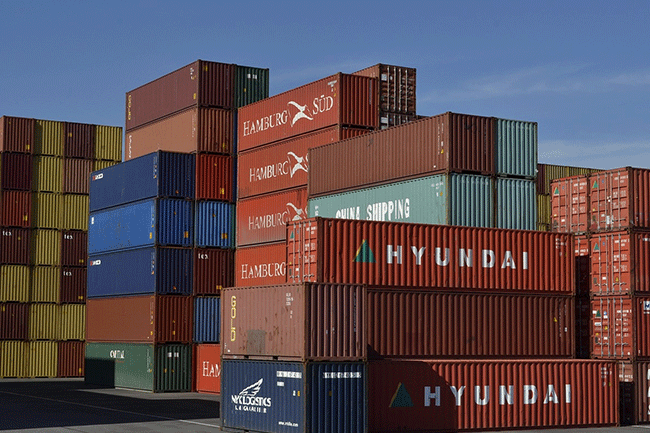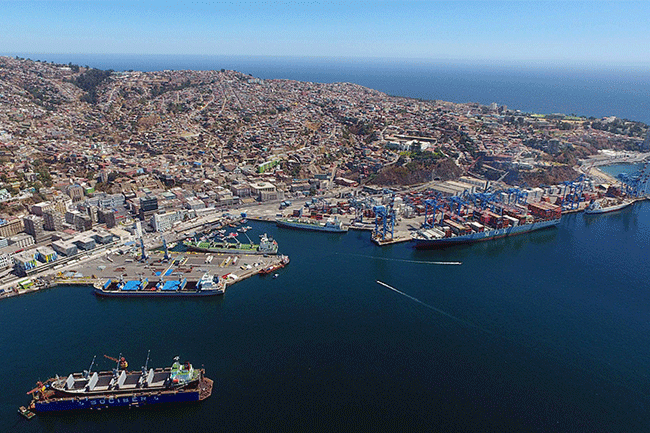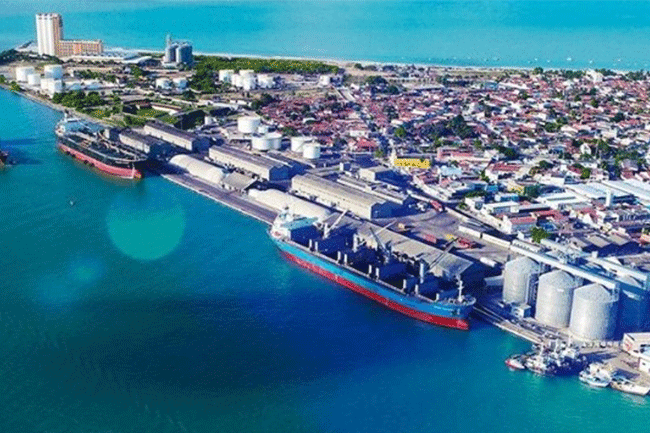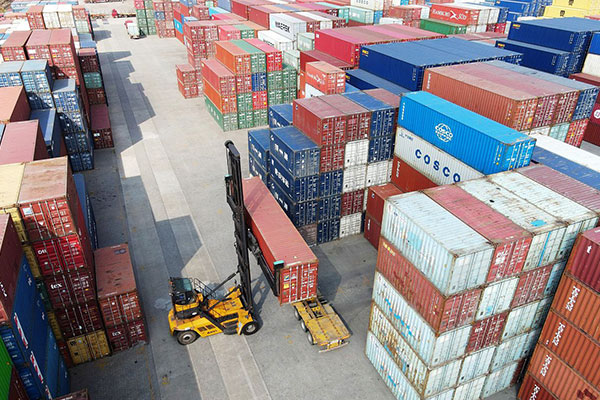- Shanghai Zhongshen International Trading Co., Ltd. – Your reliable partner with 20 years of import/export agency service expertise.

Dutch Chocolate Import Trade: Market Opportunities and the Core Value of Agency Services
As Europe’s food-industry hub, the Netherlands—backed by a stringent food-safety regime (e.g., the Dutch Food and Consumer Product Safety Authority, NVWA) and a mature chocolate cluster that includes flagship brands such as Theo & Co and Tony’s Chocolonely—has become a key origin for China’s chocolate imports. Customs figures for 2023 show that China’s imports of Dutch chocolate items (HS codes 1806.31–1806.90) rose 17 % year-on-year, driven by Dutch products’ high compliance with EU Regulation (EC) 1169/2011 on food labeling and by their reliable supply chains. Yet the complexity of import documentation (EU health certificates, non-GMO statements), tight logistics timelines (cold-chain requirements), and trade-compliance risks (anti-dumping duty investigations) make professional agency services indispensable for cutting costs and mitigating risk.
Import Agent ServicesCore Competency: Professional Barriers in Documentation Handling and Logistics Services
I. Full-process compliance for documentation: meticulous operations from preparation to filing
The core documents required for importing Dutch chocolate include: commercial invoice (must indicate country of origin and ingredient list), packing list (specifying net and gross weight per carton and specifications), EU official health certificate (issued by NVWA and must state “Fit for human consumption”),Origin Certificate(If the China–EU GSP is applicable, the EUR.1 form is required), component analysis report (including cocoa-butter content, types and limits of additives), bill of lading (B/L),Maritime transportNote the clean bill of lading clause). The key to agency services lies in:
- Pre-audit: Review the logical consistency of documents 30 days in advance (e.g., invoice amount vs. L/C)?L/C?clause matching) to avoid customs clearance delays caused by “document inconsistency”;
- Translation and Filing: Convert Dutch/English documents into Chinese versions that meet China Customs requirements (official translation stamp required), and simultaneously complete the registration of imported food importers (under “Imported FoodCosmeticsImport and exportSubmit the enterprise qualifications through the "Merchant Filing System");
- Special Documentation Processing: For alcoholic chocolates (HS Code 1806.32), an additional alcohol import license (issued by the Ministry of Commerce) is required; the agent can assist in verifying that the license validity aligns with the cargo transit time.
II. Logistics Management: Balancing Cost and Timeliness under Multi-Modal Coordination
Chocolate shipments from the Netherlands to China are dominated by sea freight (85%), loaded mainly at the Port of Rotterdam—Europe’s largest—then carried on 2M Alliance (Maersk + MSC) or Ocean Alliance (COSCO + CMA CGM) services, reaching Shanghai or Shenzhen in 28–32 days. Time-critical premium chocolates (e.g., hand-made truffles) can instead be routed via Amsterdam Schiphol Airport.Air freight(10–12 days), but an additional cold-chain surcharge of roughly 5%–8% of the cargo value is required. The advantages of the agency service are:
- Customized Transportation Solutions: Based on cargo characteristics (e.g., whether it contains cream requiring ?18 °C refrigeration), volume (FCL/LCL), and budget, we recommend the optimal mode (e.g., 20-ft reefer FCL costs 60 % less than air freight);
- Risk management and control: Take out All Risks marine cargo insurance to cover in-transit loss (e.g., melting caused by container temperature-control failure), monitor vessel movements in real time via ShipInfo, and transmit manifest data (AMS) to customs 72 hours in advance;
- Accelerated Customs Clearance: By leveraging the “advance declaration” model (submitting the customs declaration 3 days before the cargo arrives at the port) and combining it with customs’ “two-step declaration” (summary declaration + full declaration), customs clearance time is compressed to within 48 hours (the usual 5–7 days).
International Trade Situation and VTB’s Russia-Related BusinessConvert foreign exchange into RMBAdvantages
At present, global chocolate trade is confronted with two key variables: first, the EU’s “double anti” investigations into Chinese food imports (e.g., the 2023 countervailing probe into cocoa products), which could push import tariffs higher—the current MFN rate is 8 %, but dumping findings might trigger an additional 20 %–30 % cash deposit; second, volatility in the RMB exchange rate (the USD/CNY band widened 6.5 % in 2023), complicating corporate cost calculations. Against this backdrop, the “settlement optimization” capability of agency services is especially critical.
For customers involved in re-export or settlement related to Russia (e.g., sales to Russia via a Dutch intermediary), the agent can use VTB Bank (Russiaforeign tradeBank) provides an exclusive foreign-exchange settlement solution:
- Exchange Rate Lock - in: Use VTB’s NDF (Non-Deliverable Forward) instrument to lock in the CNY/RUB exchange rate three months in advance, hedging against exchange-rate volatility;
- Channel Security: VTB, as a systemically important bank in Russia, maintains direct SWIFT connections with major Chinese commercial banks (such as ICBC and Bank of China), allowing it to bypass certain international settlement restrictions and ensure that payments arrive within 72 hours (compared to the 5–10 days typically required by third-party payment providers);
- Cost reduction: VTB’s exchange-settlement fee is only 0.3% (market average 0.5%–0.8%) and cross-border wire-transfer fees (≈ USD 150 per transaction) are waived.
Certification Reminder: Compliance items that clients must monitor on their own (not handled by the agent)
Although the agent does not directly provide certification services, the following key certification requirements must be clearly communicated to the client:
- China Entry-Exit Inspection and Quarantine (CIQ): After the goods arrive at the port, they must undergo sampling inspection by customs (with a focus on microbial indicators and food-additive limits); only after passing inspection will the “Entry-Exit Inspection and Quarantine Certificate” be issued and the goods be allowed to go on sale.
- EU EC Certification: Dutch chocolate must comply with the EU food-contact-materials regulation (EC 1935/2004), and packaging materials (e.g., aluminum foil, paperboard) must be accompanied by a Declaration of Conformity (DoC);
- Special certifications: For halal chocolate, HALAL certification issued by Indonesia’s MUI or Malaysia’s JAKIM is required; if labeled “organic,” EU Organic certification (EC 834/2007) or China Organic certification (CQC) must be provided. Clients are advised to initiate the certification application 6–8 months in advance to avoid customs-clearance delays.
Full-Process Agency Service: Closed-Loop Management from Consultation to Feedback
The agency service covers the entire import cycle, with key milestones as follows:
- Requirement Confirmation (1–3 days): Clarify product attributes through questionnaire (e.g., dark chocolate with ≥35% cocoa content falls under 1806.31, ≤35% under 1806.90), trade terms (CIF Rotterdam recommended, allowing the agent to control transport risks), and payment method (L/C at sight is the safest);
- Contract review (5–7 days): Focus on reviewing the quality clause (e.g., “cocoa butter content ≥ 40%” must specify the testing method in the contract), the claim period (recommend setting it at 45 days after arrival at the port), and the force majeure clause (e.g., response plan for strikes at Dutch ports);
- Production Supervisor (based on delivery schedule): For customized products (e.g., holiday limited editions), you may commission SGS to conduct an on-site factory audit (reviewing the HACCP system) and arrange for sampling and testing during production (to detect heavy-metal lead and cadmium levels);
- Delivery & After-sales (within 10 days after arrival at the port): After the goods are released, the agent provides “door-to-door” delivery (in partnership with JD Logistics and Sinotrans) and assists clients in completing end-market supermarket access (e.g., supplying copies of the customs declaration and inspection & quarantine certificates);
- Data Feedback: After the service is completed, provide the “Import Cost Analysis Report” (including the proportions of customs duties, freight, and insurance) and the “Trade Compliance Assessment Form” (highlighting the risk points of this import, such as the number of document revisions and inspection records).
Conclusion: The core challenge of importing Dutch chocolate lies in balancing “compliance” with “efficiency.” By refining documentation, optimizing multimodal logistics, and innovating foreign-exchange settlement solutions, professional agents can shorten the import cycle by 30 % and cut overall costs by 15 %. Companies need only focus on market expansion—leave the rest to the experts and enjoy “worry-free importing.”
? 2025. All Rights Reserved.










